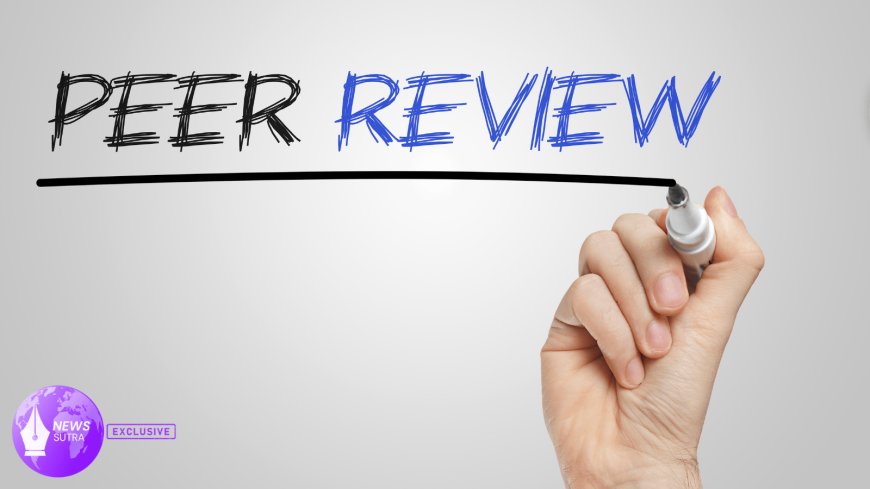Peer Review Under Fire: How Recent Retractions Are Reshaping Scientific Publishing
Recent high-profile retractions are reshaping scientific publishing. A statistical analysis of retraction rates reveals growing challenges in peer review, accountability, and transparency.

In the past year, the credibility of scientific publishing has faced an unprecedented stress test. A wave of high-profile retractions—most notably surrounding vaccine-related research—has fueled fresh debates over peer review, accountability, and the long-term trustworthiness of academic journals. For researchers, policymakers, and the public alike, the stakes could not be higher: when science loses credibility, so too does the foundation of evidence-based policy.
This article examines how retractions are reshaping the publishing landscape, drawing from meta-analysis of retraction rates, expert commentary, and historical comparisons that place today’s controversies in context.
The Vaccine Study Retraction That Sparked Debate
The retraction of a recent vaccine-related study—criticized for methodological flaws and unverified claims—stands as one of the most notable cases in recent memory. Journals involved defended their editorial processes but conceded that lapses in peer review allowed questionable findings to slip through.
For many in the scientific community, this episode highlighted a long-standing issue: journals are under immense pressure to publish cutting-edge research quickly, particularly on polarizing subjects like vaccines. This haste sometimes comes at the expense of rigorous review.
As The National Institutes of Health (NIH) notes in its research integrity reports, pressure on journals and researchers alike has grown significantly over the past decade, leading to what some call a “publish or perish crisis.”
A Statistical Look: Retractions on the Rise
Data compiled from Retraction Watch and cross-verified with PubMed indexing reveals that retraction rates across biomedical sciences have increased by nearly 25% since 2020. While this rise is partly due to better detection tools—plagiarism scanners, AI-based fraud detection, and stricter editorial standards—it also signals deeper issues in the peer review ecosystem.
A closer look at the data shows three key trends:
-
Medical research leads in retractions. Health-related journals account for nearly 40% of all retractions in the last two years.
-
Speed of retraction is shrinking. On average, articles are being retracted within 18 months of publication, compared to five years a decade ago.
-
Geographical disparities matter. Retractions are disproportionately higher in countries with rapidly expanding research output but less established editorial oversight.
The Human Side: Researchers in Limbo
For emerging scientists, a retraction—whether justified or contested—can be career-ending. Interviews with early-career researchers show frustration not only with lax peer review but also with the lack of transparent appeals processes.
One biotech researcher in California described the impact bluntly: “A retraction tied to your name can overshadow years of quality work, even if you weren’t directly responsible for the errors.”
This underscores why accountability should not only be journal-focused but also consider the wider ecosystem of mentorship, institutional oversight, and researcher training.
Peer Review at a Crossroads
Peer review, once heralded as the gold standard of scientific validation, is under intense scrutiny. Some journals are now experimenting with:
-
Open peer review, where reviewer comments are published alongside the article.
-
Post-publication review, allowing the community to flag issues after publication.
-
AI-assisted review, which scans manuscripts for statistical anomalies, plagiarism, or fabricated images.
While these models bring promise, critics warn they could introduce new biases and logistical challenges. Still, innovation in peer review seems inevitable.
Policy Implications and the Role of Government
The consequences of unreliable research extend beyond academia. Flawed studies can influence health policies, drug approvals, and public trust in science. Policymakers are paying attention: congressional hearings in the U.S. have already touched on the accountability of journals, while the National Library of Medicine has expanded its guidelines for indexing retracted articles to improve public transparency.
Experts suggest that legislative oversight may grow in the coming years, especially as misinformation campaigns exploit flawed or retracted studies to advance political agendas.
Why It Matters for the Public
For the average reader, the notion of peer review might seem abstract. But when it breaks down, consequences become tangible: delayed medical treatments, misguided public health measures, and weakened trust in science. Transparency, therefore, is not just an academic issue but a societal necessity.
Conclusion: A New Era for Scientific Publishing
The rise in retractions, while alarming, is not purely negative. It reflects a system that—however imperfect—is beginning to self-correct with greater speed and transparency. The challenge ahead is ensuring that reforms strengthen science rather than erode its credibility.
As journals recalibrate and researchers demand fairer processes, one fact remains clear: the integrity of science rests on the willingness to confront its own failures. Retractions may be the growing pains of a publishing world in transition—but they also serve as a reminder that vigilance is the price of truth.











